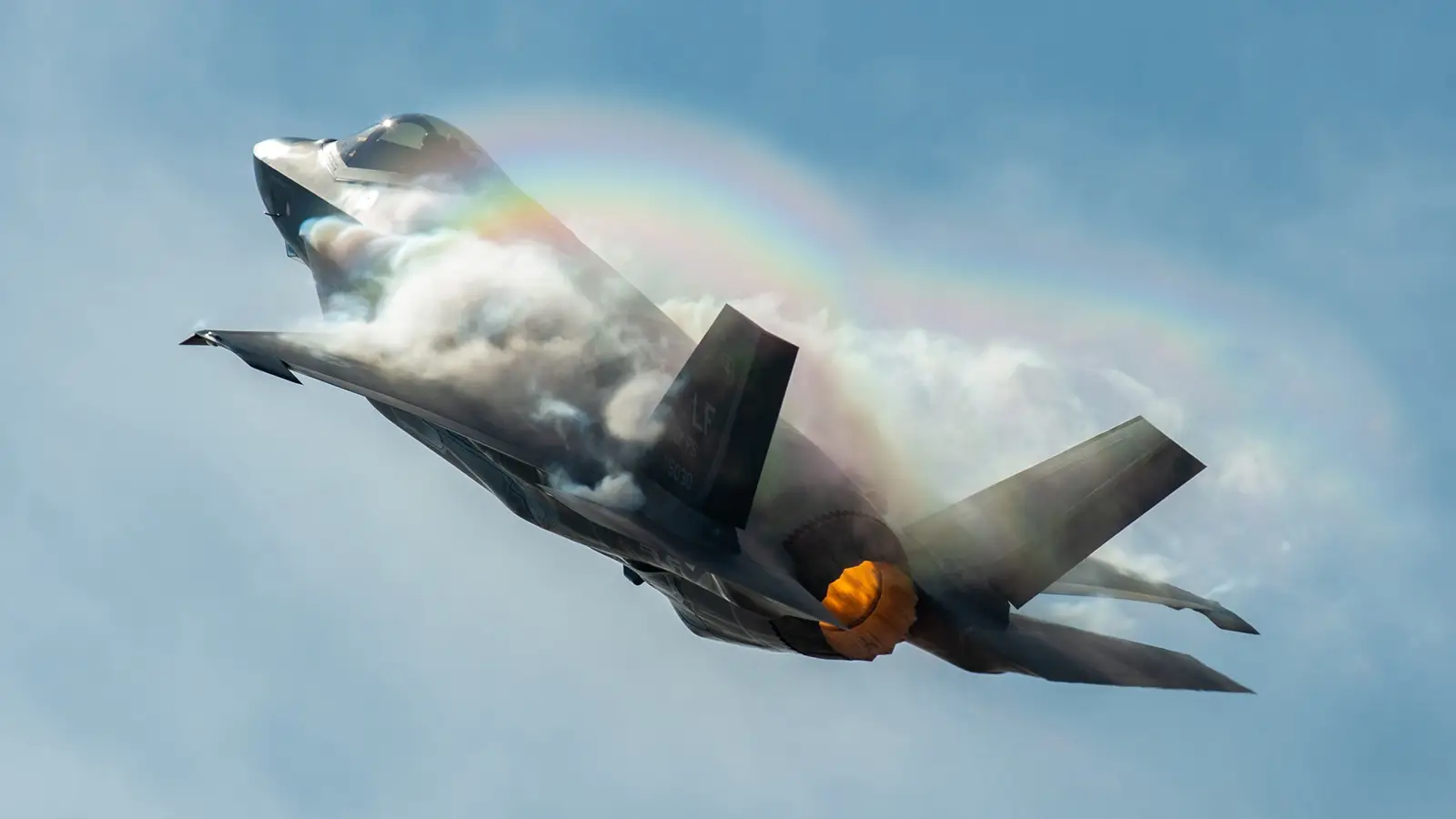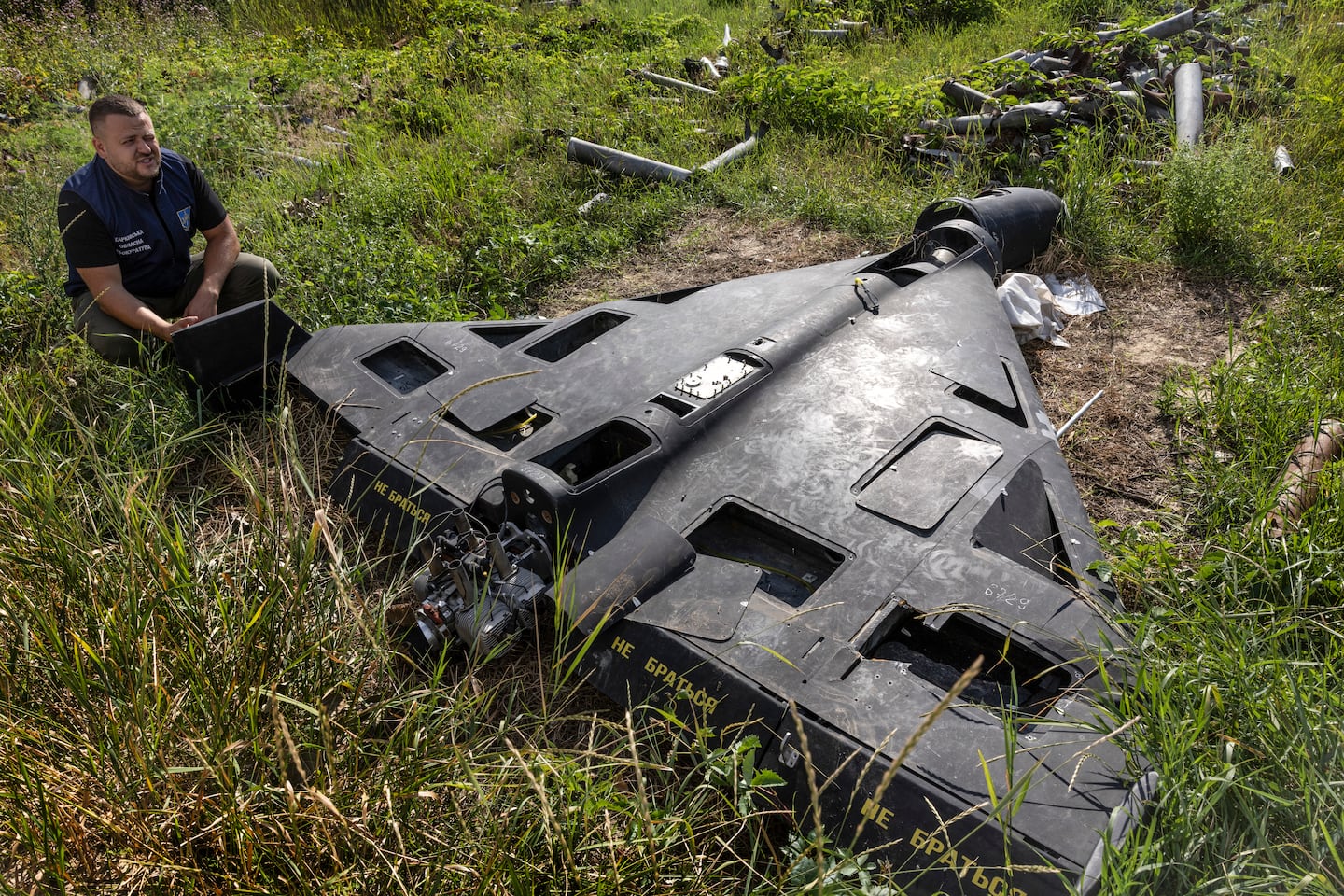
In the evolving landscape of modern air combat, two aircraft stand out as icons of fifth-generation fighter technology: the American-built Lockheed Martin F-35 Lightning II and Russia’s Sukhoi Su-57 Felon. Both are billed as stealthy, multirole fighters capable of dominating the skies, yet they embody very different design philosophies and operational priorities. This guide will take you deep into their capabilities, differences, and what their rivalry means for the future of aerial warfare in 2025.
Understanding how these two fighters compare is a window into the strategic thinking of two major powers. TheF-35 represents a globalized, network-centric approach to air combat, with interoperability at its core. The Su-57, on the other hand, reflects Russia’s emphasis on speed, maneuverability, and long-range engagement. By the end of this guide, you’ll have a clear, data-driven picture of how they stack up in performance, stealth, sensors, weapons, and real-world deployment.
Design Philosophy And Development History
The F-35 Lightning II was born from the Joint Strike Fighter (JSF) program in the 1990s, a multinational effort led by the United States to develop a single family of aircraft capable of fulfilling multiple roles. The goal was to replace a diverse range of aging platforms, including the F-16 Fighting Falcon, AV-8B Harrier II, and F/A-18 Hornet, across the United States Air Force(USAF), US Navy , US Marines, and allied air forces.
Its single-engine layout was chosen for cost-effectiveness and maintainability, while its stealth shaping, internal weapons carriage, and cutting-edge sensor fusion emphasized survivability in contested airspaces.
The F-35’s philosophy centers on information dominance, leveraging a sophisticated network of sensors and datalinks to act as both a frontline strike fighter and a battle management asset.
The Su-57 Felon, developed by Sukhoi under the PAK FA (Prospective Aviation Complex of Frontline Aviation) program, represents Russia’s first attempt at a fifth-generation fighter. Its development traces back to the 2000s, with prototypes appearing by 2010.
In contrast to the F-35, the Su-57 features a twin-engine configuration, providing higher thrust, redundancy, and enhanced kinematic performance. Russian designers prioritized supermaneuverability, sustained supersonic flight, and weapons versatility over the extreme radar stealth of Western counterparts. While it incorporates radar-absorbing materials and shaping, its design favors aerodynamic agility and the ability to carry a wide range of munitions, including large air-to-air missiles suited for long-range interception.
By 2025, the F-35 has matured into a combat-proven aircraft, with hundreds of units delivered across the US, NATO, and allied nations. It has seen operational deployment in real conflicts, reinforcing its role as a backbone of modern Western airpower. In contrast, the Su-57 remains in limited series production, with fewer than 35 aircraft in service, reflecting Russia’s more constrained industrial base, economic pressures, and a slower procurement tempo.
This contrast in fleet size underscores not only the technological and financial disparities between the two programs but also the fundamentally different strategic approaches: the US opting for mass production of a versatile multirole stealth fighter, and Russia pursuing a more specialized, high-performance platform in smaller numbers.
Size, Power, And Performance
The physical characteristics and performance metrics of the F-35 and Su-57 highlight the different priorities embedded in their design philosophies. The Su-57 is significantly larger and heavier, reflecting its role as a long-range, twin-engine air dominance fighter with an emphasis on speed, reach, and payload. By contrast, the F-35 is more compact, prioritizing a smaller radar signature and integration into stealth-focused strike operations.
The Su-57’s twin AL-41F1 engines, manufactured by NPO Saturn, deliver a combined thrust advantage, providing not only redundancy but also greater raw power, enabling higher top speeds and longer endurance. This configuration enables sustained supersonic flight and allows for the carriage of heavy or oversized weapons both internally and externally.
Meanwhile, the F-35’s Pratt & Whitney F135 engine, the most powerful single engine ever fitted to a fighter, balances efficiency, stealth optimization, and high thrust-to-weight performance, though with a lower top speed and shorter range compared to its Russian counterpart and to other European ones.
These specifications reveal that the F-35 is built as a stealth-first multirole platform, designed to penetrate contested airspace undetected and deliver precision strikes with survivability as its core advantage.
The Su-57 achieves its high kinetic performance through larger dimensions, external shaping, and thrust-vectoring nozzles. Still, these same design choices make it less stealthy in all-aspect radar detection compared to the F-35’s stealth-focused architecture.
In practical terms, this means the F-35 is more effective in network-centric, coalition warfare, where information dominance and survivability matter most. At the same time, the Su-57 is tailored for regional power projection, excelling in long-distance engagements and high-energy aerial combat.
Stealth And Sensor Systems
Stealth is the defining advantage of the F-35 Lightning II. Its all-aspect radar cross-section (RCS) reduction, achieved through careful shaping, radar-absorbent coatings, and internal weapons bays, makes it one of the most difficult aircraft to detect and track across a wide range of radar frequencies.
The Su-57 Felon, by contrast, adopts a more limited approach to low observability. Its shaping reduces RCS primarily in frontal aspects, improving survivability in head-on engagements, but its larger airframe, external structural features, and thrust-vectoring nozzles leave it more visible from the sides and rear.
This compromise is intentional: Russia prioritized aerodynamic agility and weapons versatility over extreme stealth. To offset this, the Su-57 is fitted with a powerful suite of sensors, most notably the N036 Belka AESA radar system, which uses multiple arrays distributed across the fuselage to expand detection angles, and the OLS-50M infrared search-and-track (IRST) system, capable of passively detecting and tracking aircraft, even stealthy ones, by their heat signatures.
Where the difference becomes most pronounced is in sensor fusion. The F-35’s AN/APG-81 AESA radar, Distributed Aperture System (DAS), and Electro-Optical Targeting System (EOTS) are fully integrated with electronic warfare receivers and datalinks. Together, they feed into a single interface that presents the pilot with a seamless, fused picture of the battlespace.
More importantly, this information is automatically shared with other aircraft, ships, and ground systems, enabling cooperative engagement and making the F-35 a key node in network-centric warfare. The Su-57’s sensors, while advanced and individually powerful, are believed to offer less mature data fusion, limiting the aircraft’s ability to act as a real-time information hub.
In practice, this means the F-35 can see first and strike first, often engaging without being detected, while also enhancing the situational awareness of allied forces. The Su-57, though less stealthy, seeks to counter stealth opponents with its IRST and wide-angle radar arrays, giving it strong detection capabilities in certain conditions. However, the lack of robust fusion and secure datalink integration makes it less effective in a coordinated, multi-domain fight, where information dominance can be as decisive as raw kinematics.
Weapons And Mission Profiles
Both the F-35 and the Su-57 are true multirole fighters, but their loadouts and mission emphases reflect different doctrines: the F-35 is optimized for stealthy penetration and networked strikes, while the Su-57 emphasizes reach, speed and weapon flexibility for long-range interception and strike.
Let’s now break down some key load and armament facts of those two fighters:
Stealth-mode capacity: The F-35A is routinely described as carrying up to ~5,700 lb (~2,585 kg) of internal ordnance when operating in stealth mode.
Heavy-load configuration: Using external pylons when stealth is not required, the F-35 family’s combined internal + external carriage exceeds 18,000 lb (~8,165 kg), enabling a “beast-mode” heavy-load configuration.
Generous internal bays: The Su-57 has substantial internal weapons bays, two long main bays plus side bays, sized to accept large guided missiles and precision bombs, enabling internal carriage of heavier loads compared with many fighters.
Long-range air dominance: Russia fields very long-range air-to-air missiles such as the R-37M, which is quoted with ranges in the ~125–250 miles (200–400 kilometers) class depending on variant and launch conditions, a weapon conceived to reach high-value support assets like air tankers and AWACS .
Versatile strike options: The Su-57’s internal carriage can include air-to-surface weapons such as the Kh-38, precision KAB bombs, and even anti-ship missiles like the Kh-35U, giving it substantial strike and anti-ship capability from internal bays or external hardpoints when stealth is expendable.
The F-35 is optimized for penetrating heavily defended airspace undetected, while the Su-57 is built for long-range engagements and high-speed interception.
Operational Deployment And Combat Experience
By 2025, the F-35 Lightning II has firmly established itself as the most widely deployed fifth-generation fighter in the world. It operates in the air forces of 18 nations, from the United States and United Kingdom to Japan, Israel, and several NATO allies, and has been integrated into a vast, interoperable network of allied air power. Its combat record spans multiple theaters:
In the Middle East , Israeli F-35I Adir jets have reportedly conducted high-risk strikes against Iranian nuclear and military targets, demonstrating the jet’s ability to penetrate advanced air defenses and execute precision attacks.
US F-35s have been forward-deployed to deter aggression in volatile regions, including Eastern Europe in response to the war in Ukraine, and the Indo-Pacific as part of deterrence patrols and exercises.
The aircraft has participated in large-scale multinational exercises such as Spartan Lightning in Germany, Cope Thunder in the Philippines, and Talisman Sabre in Australia, where pilots and maintainers from different nations cross-trained on each other’s jets, a level of interoperability unmatched by any other fighter program.
This operational maturity is underpinned by the F-35’s global logistics network, advanced training infrastructure, and the Agile Combat Employment (ACE) concept, which allows allied forces to rapidly disperse and sustain F-35 operations from multiple locations.
In contrast, the Sukhoi Su-57 Felon remains a far rarer sight in operational service, with just one export client. It has seen limited operational use, with some deployments in Syria for testing and evaluation. Production challenges and sanctions have slowed its rollout, limiting its impact on the global stage. Officially inducted into the Russian Aerospace Forces in 2020, the fleet has grown slowly due to production bottlenecks, technological hurdles, and Western sanctions that have restricted access to advanced avionics and components.
As of early 2025, fewer than 25–30 Su-57s are believed to be in active service, far short of Russia’s original goal of 76 by 2027.
Integration with advanced systems like the S-70 Okhotnik-B stealth drone, the S-71K air-to-ground guided missile,and the new AL-51F1 “Product 30” engines is still in early stages, meaning the Su-57 has yet to fully realize its intended fifth-generation capabilities.
Despite these limitations, recent reports indicate that Russia has expanded Su‑57 operations in Ukraine , shifting the aircraft from developmental testing to limited combat deployment.
Observers suggest the Su‑57 is being used for high-value strike missions, long-range air-to-air coverage, and to support conventional Russian aircraft in contested airspace. These deployments serve multiple purposes: real-world testing of avionics, sensor fusion, and weapon systems, evaluating survivability in a contested environment, and gaining operational experience for pilots.
Future Outlook And Technological Evolution
Looking ahead, both aircraft will continue to evolve. By 2025, the F‑35 Lightning II has cemented its position as the most widely deployed fifth‑generation fighter, serving in the air forces of more than 18 nations and participating in combat operations from the Middle East to the Indo‑Pacific.Its combat record includes precision strikes in contested airspace, deterrence patrols in Europe, and integration into large multinational exercises that showcase its interoperability.Backed by a global logistics and sustainment network, and designed for agile deployment concepts, the F‑35 benefits from a level of operational maturity and allied integration no other stealth fighter currently matches.
The Su‑57 Felon, while technologically ambitious, remains far less common in active service. Entering limited operational use in 2020, it has been deployed in small numbers for testing in Syria and is believed to number only around 25–30 aircraft in Russian service.Its development has been slowed by production bottlenecks, sanctions, and the gradual integration of advanced systems such as the “Izdeliye 30” engines and new avionics. Russia has announced plans to expand production, but economic and geopolitical constraints continue to temper the pace, keeping the Su‑57 a rare but capable platform.
The F‑35’s multi‑year Block 4 upgrade program, built on the TR‑3 hardware/software baseline, will expand weapons compatibility, enhance electronic warfare capabilities, and improve sensor performance in phased increments through the decade. The Su‑57’s future hinges on fully fielding its second‑stage engines, refining systems integration, and achieving meaningful production growth. For now, the F‑35’s combination of stealth, advanced sensors, and proven global deployment makes it one the most influential aircraft worldwide, while the Su‑57 remains a potent but limited‑presence adversary.



